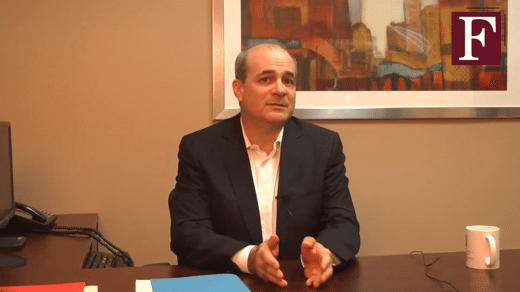Hello I am Jeffrey Hart with the Feldstein Family Law Group. When a relationship is breaking down, the parties often think they will gain an advantage against the other party if they report that person to a Children’s Aid Society. Today I want to discuss with you some items to consider when dealing with a children’s aid society in the context of a family law matter.
A Children’s Aid Society
When a client informs me that a Children’s Aid Society would like to speak to him or her regarding a referral that we know has come from his or her spouse, the first advice I give my clients is to fully cooperate with the Society.
It is important to understand how the Society works before you begin any dialogue. To simplify, each Society has been given the broad task of investigating whether a child is in need of protection, and that can involve taking referrals regarding at risk children from professionals, concerned citizens, and often separated spouses. As the Society is a predominately a shield and not a sword, the Society does consider the motivation of the referral source in deciding how it should proceed with an investigation. As such, an example of the Society as a shield would be a referral from a professional, such as a teacher or physician who is genuinely concerned with a child’s health and welfare. An example of the Society as a sword would be a referral from a separated spouse, who has something to gain by potentially digging up dirt to use in a custody fight or causing delay in a custody battle, since most judges will be very reluctant to make any changes to the status quo while a Society is investigating a child protection concern. The Society must still consider investigating every referral, but keep in mind they are conscious of being used by the parties who are engaged in a custody dispute.
With all of this in mind, it is important to consider that the Society is essentially trying to gauge the risk level with a particular child. As such, not cooperating with the Society will make it more difficult for the Society to assess risk and ultimately close their file. In fact, a lack of cooperation on the part of a parent can be perceived as a risk factor in and of itself, and can be part of the puzzle in determining whether a child is in need of protection. As such, cooperation is key. A lack of cooperation is often viewed as an indication that the uncooperative parent has something to hide, which leads to a more intrusive investigation and sometimes a harsher position being taken by the Society.
However, a word of caution. While I advise clients to cooperate with the Society, be aware of the fact that the Society is trying to assist and protect your children, and not you. By that I mean that while you may see your interests and your children’s interests as one and the same, a Society may not. For example, if the Society has serious concerns about the level of adult conflict owing to the custody battle, and neither parent recognizes the conflict as enough of a concern to shield the children from it, a Society may take steps to protect the children, such as commencing a Child Protection Application seeking to have the children placed with a relative or in foster care.
The aforementioned are just some of the items you should consider when dealing with a Children’s Aid Society in the context of your family law matter. You may want to consider retaining a lawyer to guide you through your family law matter and to advise you on dealings with a children’s aid society.
If you would like more information about this topic, please visit our website at www.separation.ca, or call us for an initial consultation at 905-581-7222. Thank you.



